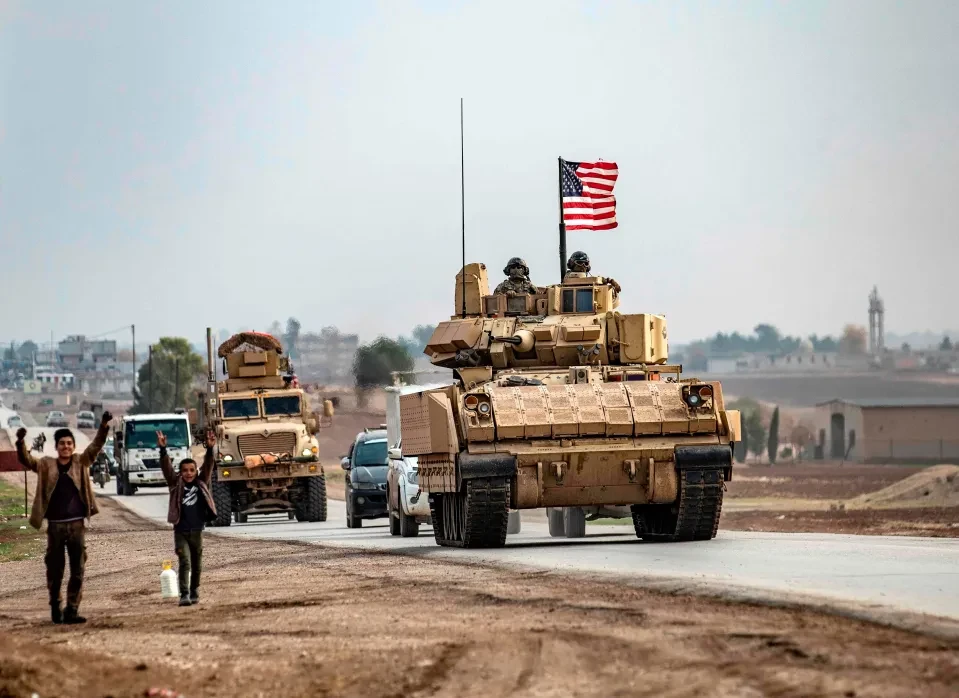Reviving cultural heritage of 11 provinces affected by 2023 earthquakes
 The General Directorate of Cultural Heritage and Museums is working to restore cultural heritage sites affected by the earthquakes centered in Kahramanmaras on February 6, 2023, in 11 provinces. The photo shows the Hatay State Assembly Building in the Antakya district of Hatay. (AA Photo)
The General Directorate of Cultural Heritage and Museums is working to restore cultural heritage sites affected by the earthquakes centered in Kahramanmaras on February 6, 2023, in 11 provinces. The photo shows the Hatay State Assembly Building in the Antakya district of Hatay. (AA Photo)
Following the devastating 2023 earthquakes centered in Kahramanmaras, Türkiye’s General Directorate of Cultural Heritage and Museums has launched extensive efforts to restore the cultural landmarks damaged across 11 affected provinces.
Birol Incecikoz, the General Director of Cultural Heritage and Museums, emphasized the importance of reviving spaces that hold cultural and emotional significance for local communities. “Restoring these sites is not just about rebuilding structures; it’s about reigniting the heart of these cities and preserving their cultural identity,” he said.

Focus on urban memory and cultural identity
Incecikoz highlighted that the restoration efforts prioritize locations deeply embedded in the collective memory of residents. For instance, areas like Antakya’s Kurtulus Street and Koprubasi Square, which were once bustling hubs of daily life, commerce, and social interaction, are being given special attention.
“These places are not just physical spaces; they are part of the cultural fabric of the cities. By restoring them, we aim to bring back the soul of these communities,” he added.

Hatay Archaeology Museum set to reopen by 2026
One of the most significant projects is the restoration of the Hatay Archaeology Museum, which suffered extensive damage during the 2023 earthquakes. Incecikoz announced that the museum is expected to reopen by the end of 2026.
“We are working tirelessly to complete the restoration. Our goal is to present the museum with a new concept, showcasing its rich collection to the people of Hatay once again,” he stated.
The restoration of other key landmarks, including Gaziantep Castle, Kilis Museum, Sanliurfa Castle, Diyarbakir Walls, and Pasha Hammam, is also progressing rapidly, with many structures nearing completion.
In the aftermath of the 2023 earthquakes, a state-of-the-art Restoration and Conservation Laboratory was established in Hatay to repair and preserve damaged movable cultural artifacts.

Cutting-edge technology for cultural preservation of 2023 earthquakes’ damage
Equipped with advanced technological tools, including microscopes, 3D scanners, and chemical storage cabinets, the laboratory is playing a crucial role in restoring artifacts ranging from wooden and stone objects to textiles and ceramics.
“Our team of restorers and conservators is working diligently to ensure these artifacts are not only repaired but also preserved for future generations,” Incecikoz explained.
International support from Japan
The laboratory received significant support from Japan, which provided essential equipment through its “Cultural Local Projects Grant Program.” Takahiko Katsumata, Japan’s Ambassador to Türkiye, expressed pride in contributing to the restoration efforts.
“Cultural heritage is a vital part of any society. We are honored to support Türkiye in preserving its rich history and look forward to celebrating the reopening of the Hatay Archaeology Museum,” he said.

Urfa Castle restoration: Bringing history back to life
The ancient Urfa Castle, a symbol of Sanliurfa’s rich history, also suffered damage during the earthquakes. Restoration work is now underway, with the project expected to be completed by early 2026.
Aydin Aslan, Sanliurfa’s Provincial Director of Culture and Tourism, noted that the restoration includes both earthquake-damaged sections and newly uncovered archaeological structures.
“This project is not just about repairing walls; it’s about preserving the legacy of Urfa for future generations,” Aslan said.

Kilis’ historic mosques reopen after restoration
In Kilis, 19 historic mosques were damaged during the earthquakes. Restoration work has already been completed on three of them—Mevlevihane, Kesikminare, and Kor Imam Mosques—which have now reopened for worship.
Yahya Dilsizoglu, Head of the Artworks and Construction Department at Gaziantep Vakıflar Regional Directorate, shared that restoration efforts are ongoing for the remaining mosques.
“We are using advanced techniques, such as georadar surveys and injection methods, to strengthen these historic structures. Our goal is to reopen all mosques as soon as possible,” he said.



